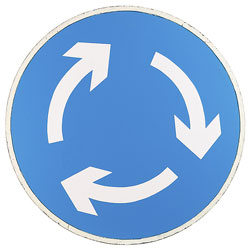 Rotate Your Verbs
Rotate Your Verbs
When teaching online we spend an incredible amount of time conversing with participants. Our experiences have shown that the verbs people use can be indicators of their sensory preferences. We can use the vocabulary of participants to get a quick feel for their sensory preferences.
Visual learners tend to use visual words such as “see,” “view,” “illuminate,” and others that refer to sight — “I see!”, for example. Auditory learners tend to use words related to the ear and hearing — “I hear you loud and clear!” Those with a kinesthetic/tactual preference incline toward words that imply movement and feeling — “I’ve got it!” Each of these expressions might be the response to the neutral question, “Do you understand?” Our experiences while field-testing this program demonstrated the usefulness of observing the verbs a student uses.
Teachers can utilize their knowledge of students’ learning preferences when speaking to them one-on-one by using verbs that reflect the individual's preferred sensory style. Using sensory-specific verbs can improve communication, build rapport, and increase learning.
As facilitators, we post announcements, messages, discussions, and provide feedback regularly. Almost all of our communication is in print. One way to use language to reach all of our participants with a variety of learning styles is the rotation of verb types in writing. Review your last few blog posts. What kind of verbs do you tend to use regularly? Do most of them fall into the Auditory category? Perhaps there are many Kinesthetic verbs? As you develop your next online announcement or compose your next engaging weekly opening, thoughtfully consider the types of verbs you include. Purposefully incorporating a variety of verb types will help participants of all styles develop rapport and hopefully retain more of the content you present. Use the Sensory Words list in Resources to help identify which verbs you gravitate towards and find new words to vary your vocabulary.
